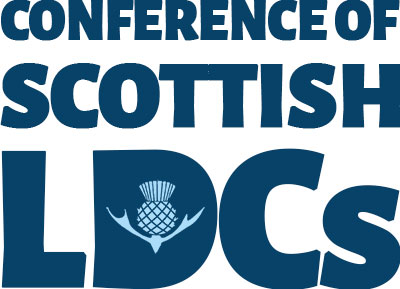Advice for Drafting Motions
Any representatives attending Conference are entitled to submit motions, on behalf of the Local Dental Committee (LDC) they are representing. Debate of motions lies at the heart of the SLDC Conference and are essential to help set the direction of SDPC activity and policy making for the year. In addition, the forum of Conference allows LDC representatives to bring their message to the profession.
Motions should be unambiguous and make a clear point or specific call for action.
Motions that are not worded and printed clearly will be referred back to the LDC for clarification. The CAC may wish to make certain changes to a motion before it is accepted. Taking care to write motions clearly, paying attention to spelling and punctuation, will make this process run more smoothly and to a tight timetable.
Writing a good motion
Conference is reliant on LDCs submitting good motions. Not everyone has the skills which enable spoken views to be translated into a motion which has clarity, coherence and style. It is important to identify a colleague who is able to communicate a message as clearly and as briefly as possible.
It is useful for anyone drafting a motion to bear in mind the ‘three Ps’:
- the Problem(s) which need to be solved
- the Principle(s) which underlie the solution; and
- the Proposal(s) which must be the central part of the motion
Useful words
All motions should begin with ‘This Conference...’
The problem – the preamble or introduction should describe the problem being addressed by the motion, usually using words such as Conference “welcomes”, “regrets”, “deplores”, “condemns” or “rejects”. The problem is often linked to a perceived failure, usually of the Scottish Government Health Directorates.
The principle – the motion can “reaffirm”, “recognise”, “declare” or just list the principles that apply.
The proposal – proposals are usually introduced by “affirms”, “believes”, “calls for”, “recommends”, “proposes”, “urges”, “demands”, “insists”, or “resolves”.
How are motions selected?
The Chair of Conference and members of CAC will review the motions received and select motions based on a number of factors:
relevance at the time of Conference
likelihood that they will provoke debate from the delegates
uniqueness of subject area
The CAC scrutinise all motions for accuracy, spelling, grammar and punctuation. They may make small alterations to the motion, for consistency. However, they will not alter the meaning of the motion.
Submitting LDCs may be contacted in the event that CAC wish to make more significant drafting changes to a motion before it is accepted.
